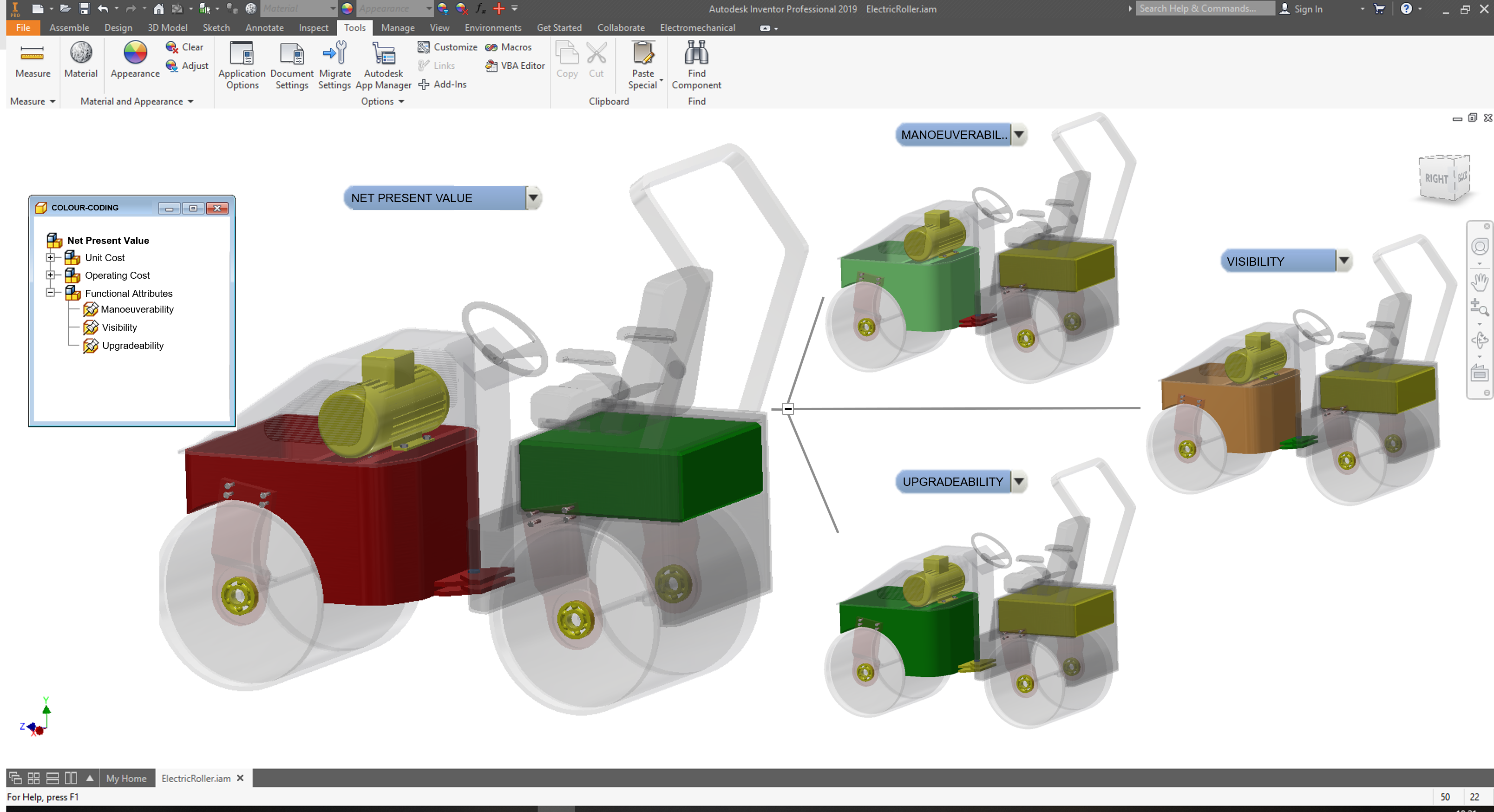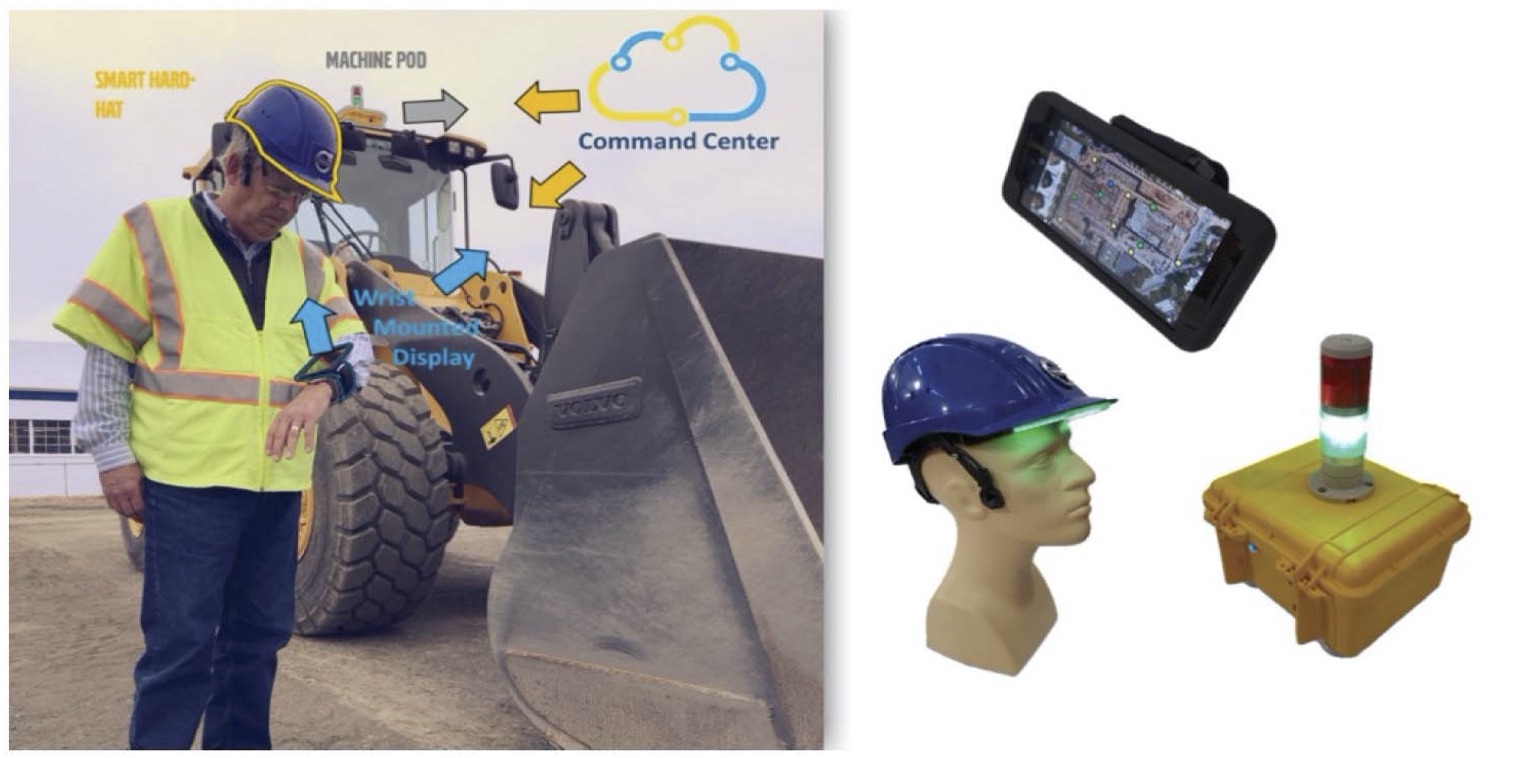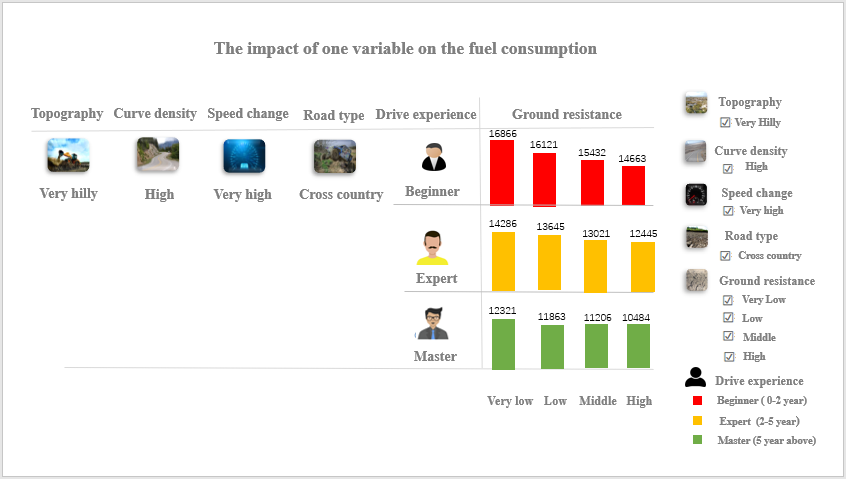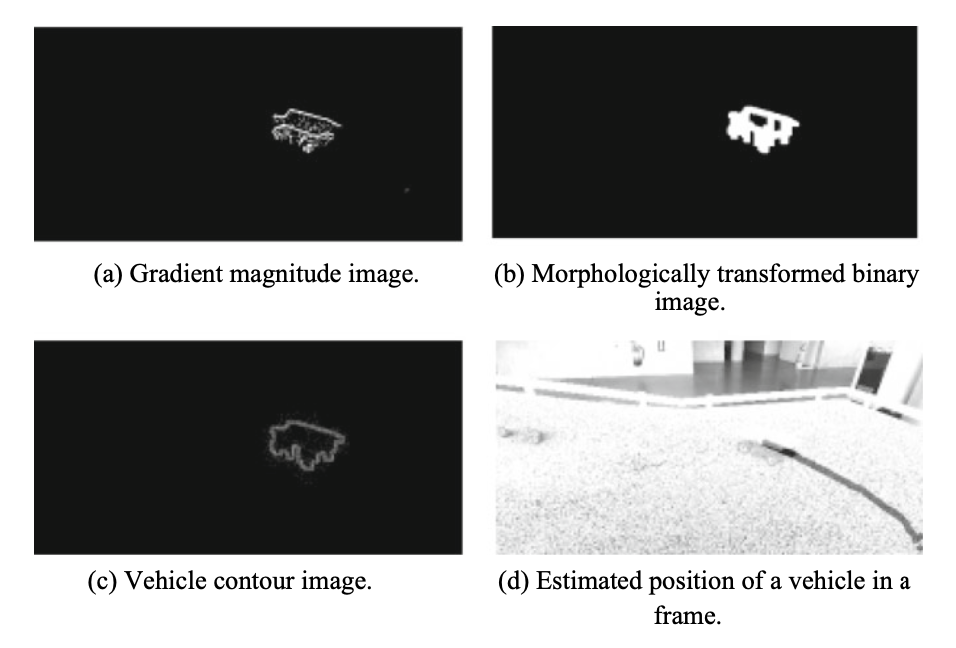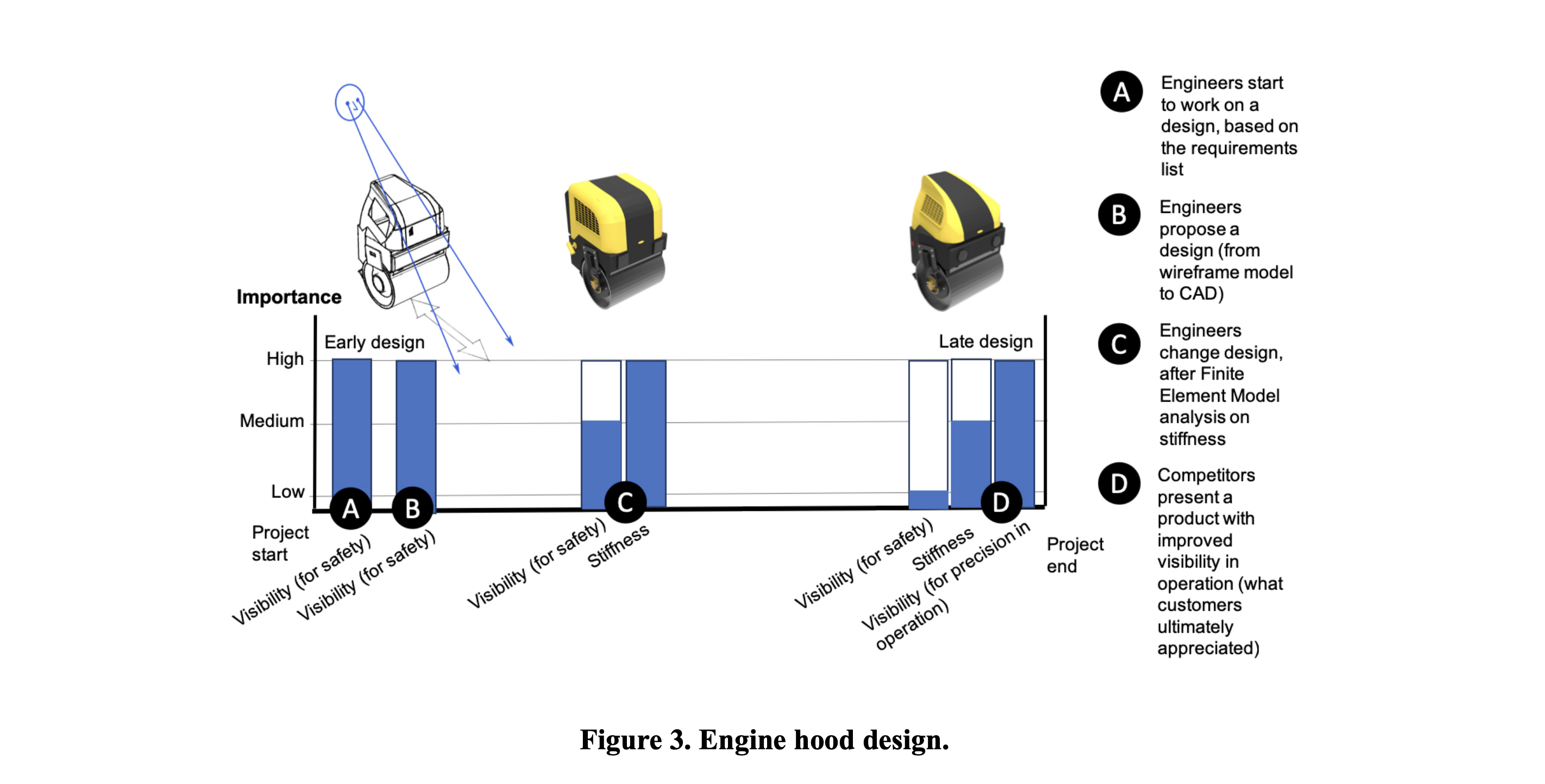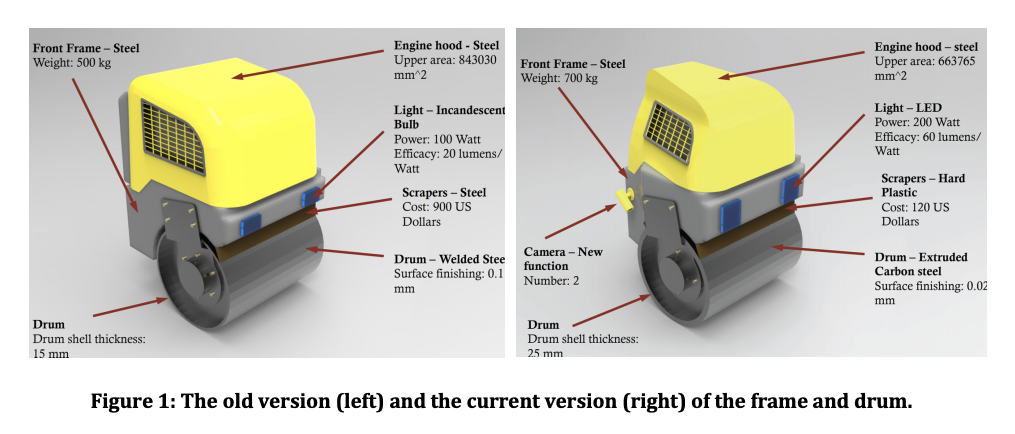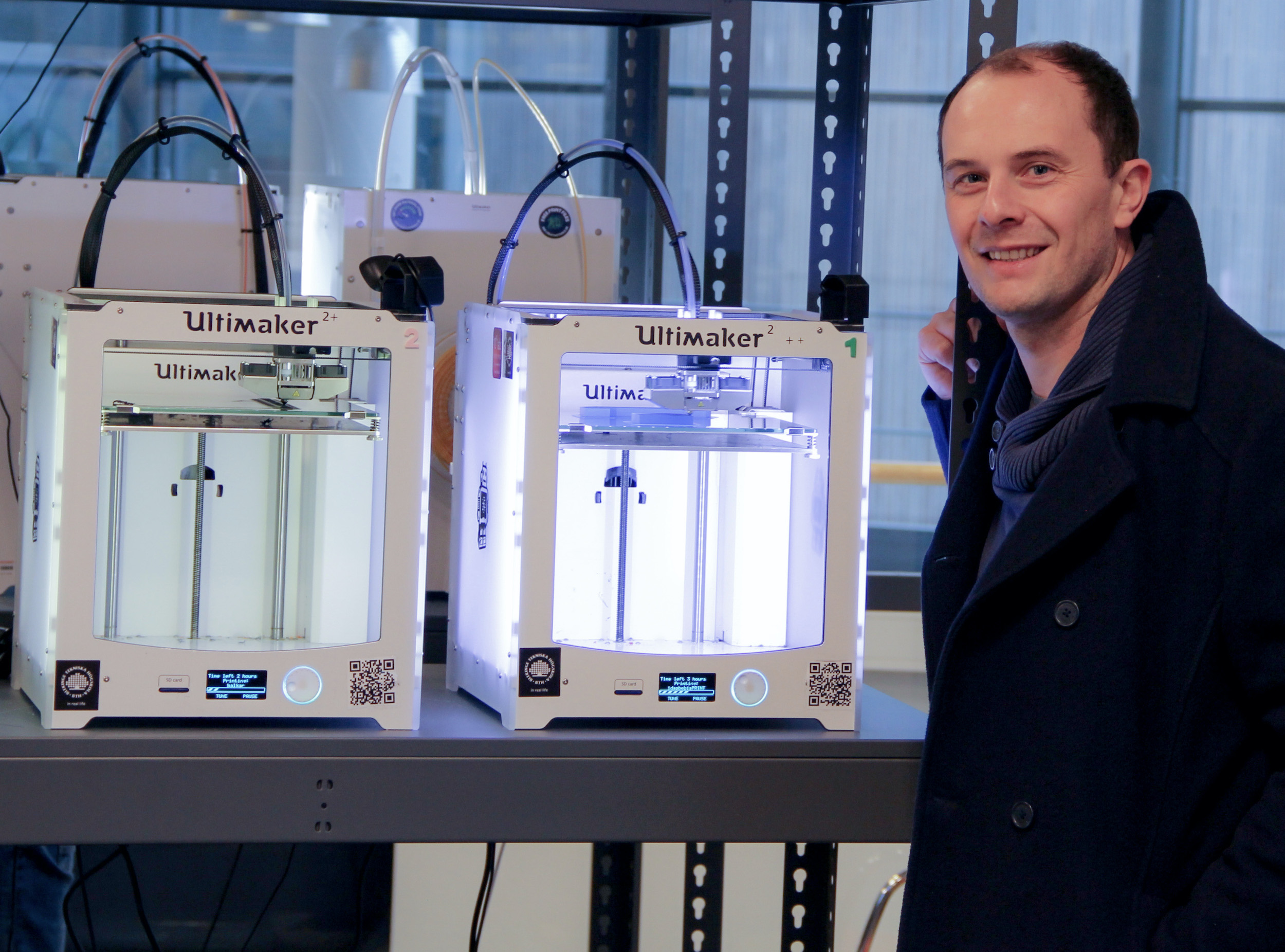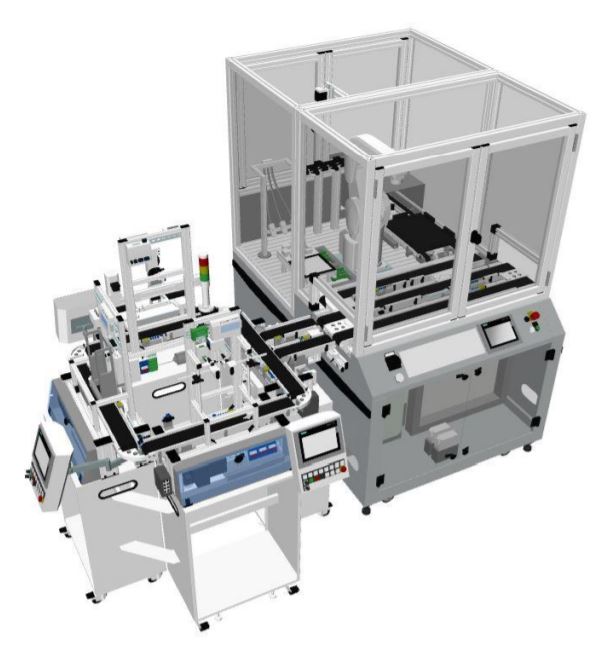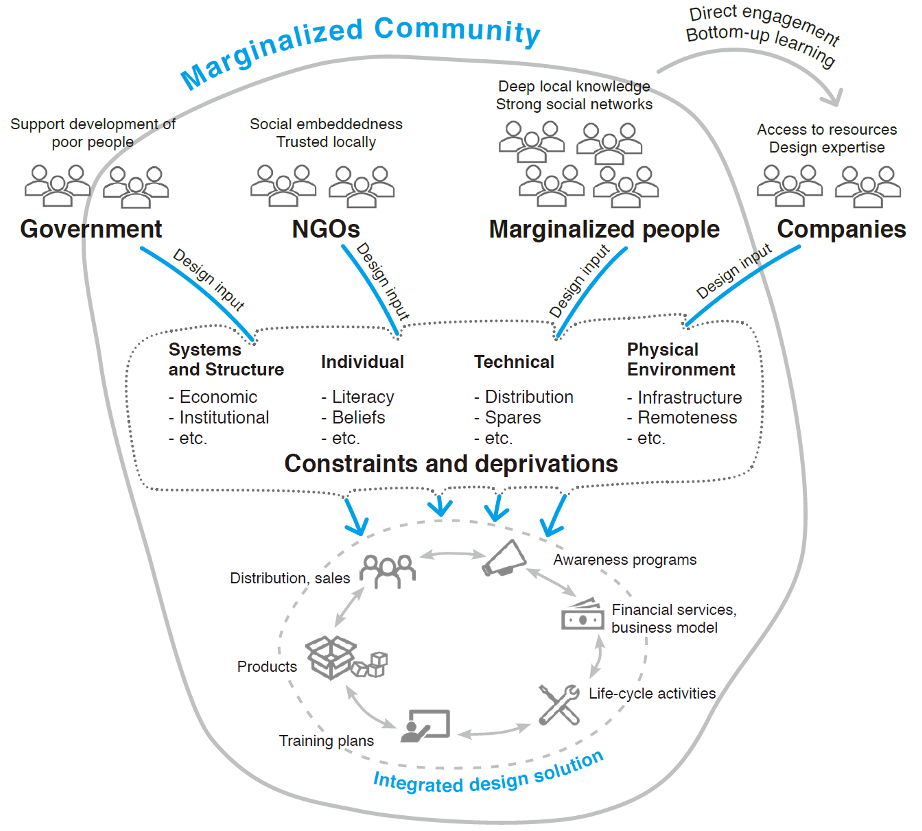Abstract A data analysis method aiming to support cause and effect analysis in design exploration studies is presented. The method clusters and aggregates effects of multiple design variables based on the structural hierarchy of the evaluated system. The resulting dataset is intended as input to a visualization construct based on colour-coding CAD models. The proposed […]
Read More